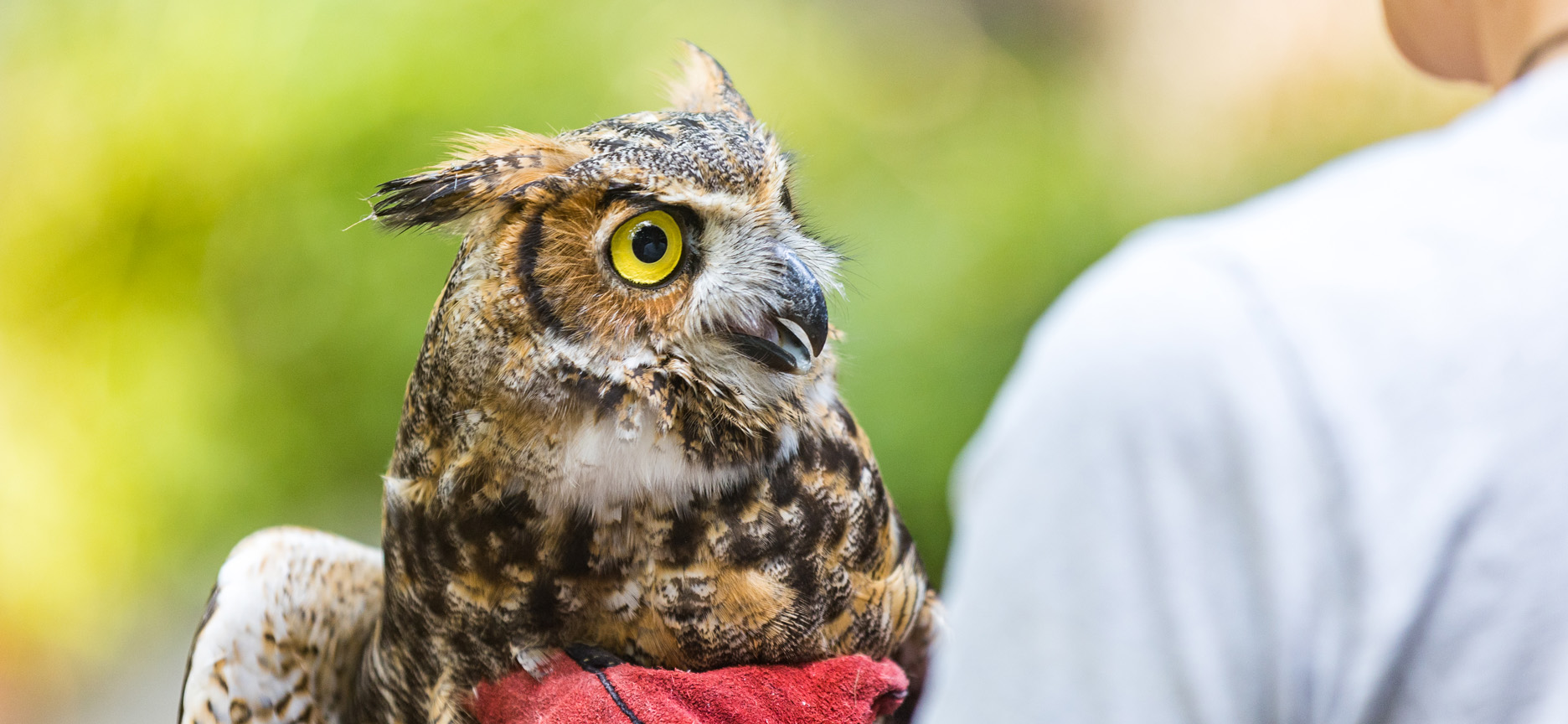Effective Wild Animals Removal Strategies for a Peaceful Home Setting
In the pursuit of maintaining a serene living area, home owners usually encounter the difficulty of wildlife intrusions, which can interfere with the peace of their atmosphere. Applying effective wild animals elimination strategies calls for a nuanced understanding of both humane exclusion techniques and preventative procedures. By dealing with access points and minimizing attractants, one can significantly lessen the likelihood of uninvited guests. Nonetheless, the intricacy of these methods typically requires a more detailed assessment of particular techniques and the possible demand for specialist treatment. What are the vital components of these approaches, and when should one consider seeking expert support?
Identifying Common Wildlife Intruders
Identifying usual wild animals intruders is a critical initial step in effective wildlife monitoring. Comprehending the details varieties that frequently infiltrate business and household rooms allows homeowner and wild animals professionals to implement targeted methods for mitigating potential damages and health and wellness dangers. Common burglars typically consist of raccoons, squirrels, bats, and different varieties of birds and rodents, each bringing distinct challenges.
Raccoons, as an example, are recognized for their mastery and can trigger significant architectural damage while seeking food or sanctuary. Squirrels, with their tendency for gnawing, can harm electrical wiring, positioning fire dangers. Bats, while valuable for controlling insect populations, can become an annoyance when they roost in attic rooms, possibly spreading diseases such as histoplasmosis. Birds, consisting of sparrows and pigeons, commonly create unhygienic problems with their droppings, bring about architectural degradation and health concerns. Rats, such as computer mice and rats, are infamous for their rapid reproduction and capacity to penetrate tiny openings, posing serious wellness risks because of their ability to spread out conditions.
Humane Exemption Techniques
Recognizing the common wildlife trespassers is the structure upon which reliable exemption strategies are built. Recognizing varieties such as squirrels, birds, and raccoons aids in creating humane exemption strategies tailored to particular behaviors and entrance methods. Exclusion is a preventative technique intended at denying wildlife access to homes and buildings, therefore minimizing the need for even more invasive steps.
The keystone of gentle exemption includes sealing potential entrance factors. This consists of repairing holes in foundations, roofs, and walls, in addition to mounting smokeshaft caps and air vent covers. For smaller intruders like bats and mice, using materials such as steel woollen and caulk to secure voids is vital. Additionally, making certain that home windows and doors are safe, which displays are intact, can additionally deter entrance.
Mounting ultrasonic gadgets or motion-activated lights can dissuade nighttime wild animals. These exclusion approaches not only safeguard the home setting yet additionally respect the wild animals, permitting them to flourish in their all-natural environments without damage.
Safe Capturing Techniques
When exclusion techniques want, safe capturing methods end up being an essential recourse in wild animals management. Capturing, when performed properly, uses a humane and effective ways of dealing with a prompt wild animals problem while making certain marginal stress and anxiety and damage to the animal. This technique needs an understanding of both the habits of the target types and the honest considerations associated with wild animals handling.
The initial step in risk-free trapping involves picking the proper trap kind. Live catches, such as cage catches, are typically advised as they permit the capture and launch of the animal somewhere else. These catches should be examined regularly to stop unnecessary anxiety or injury to the caught wildlife. It is critical to adhere to neighborhood guidelines relating to capturing and moving to guarantee compliance with legal criteria and wild animals conservation principles. wildlife removal Burlington.
In addition, lure option and placement are important parts in guaranteeing successful capturing. Lure needs to be chosen based upon the dietary preferences of the target varieties and strategically put to entice the animal right into the catch. As soon as trapped, the pet needs to be taken care this article of with care, using safety gear if essential, to assist in secure transport and release, thereby maintaining a balanced community and a peaceful home atmosphere.
Preventive Home Adjustments
While safe trapping techniques deal with immediate wild animals concerns, lasting remedies usually entail preventative home modifications to prevent pets from entering human areas. Applying these adjustments not only improves the safety and security and comfort of your living environment but also minimizes the probability of future wildlife invasions.
A crucial aspect of preventative techniques is securing possible access points. This includes inspecting and repairing any type of gaps or splits in the structure, wall surfaces, and roofing system, as these can end up being accessibility courses for wild animals.
Landscape design alterations can also function as effective deterrents. Trimming tree branches that overhang the roofing system and removing debris piles can eliminate routes and habitats that draw in wild animals. Keeping a tidy lawn by protecting trash can and compost heaps discourages scavengers such as raccoons and opossums.

## When to Call Experts
Expert intervention becomes crucial in scenarios where wild animals issues go beyond the range of Do it yourself services. Property owners might come across conditions where the intricacy or risk of the wild animals trouble requires professional know-how.
Furthermore, invasions including protected or threatened varieties need a nuanced strategy to abide with legal laws. Professionals are geared up with the required permits and recognize the legal frameworks controling the handling of such types. This ensures that removal is conducted ethically and within legal boundaries.

Lastly, when wildlife presents a consistent best site trouble regardless of duplicated DIY efforts, professional services can use comprehensive assessment and lasting options tailored to avoid reoccurrence - wildlife rescue burlington. Their competence not just fixes the instant issue yet likewise safeguards the home setting in the future
Final Thought
Carrying out reliable wild animals removal methods is vital for maintaining a relaxed home setting. Together, these approaches develop an unified living room totally free from wild animals disturbances.

These exemption approaches not only secure the home environment however also respect the wild animals, allowing them to flourish in their natural environments without injury.
Executing reliable wild animals elimination strategies is necessary for keeping a tranquil home atmosphere.